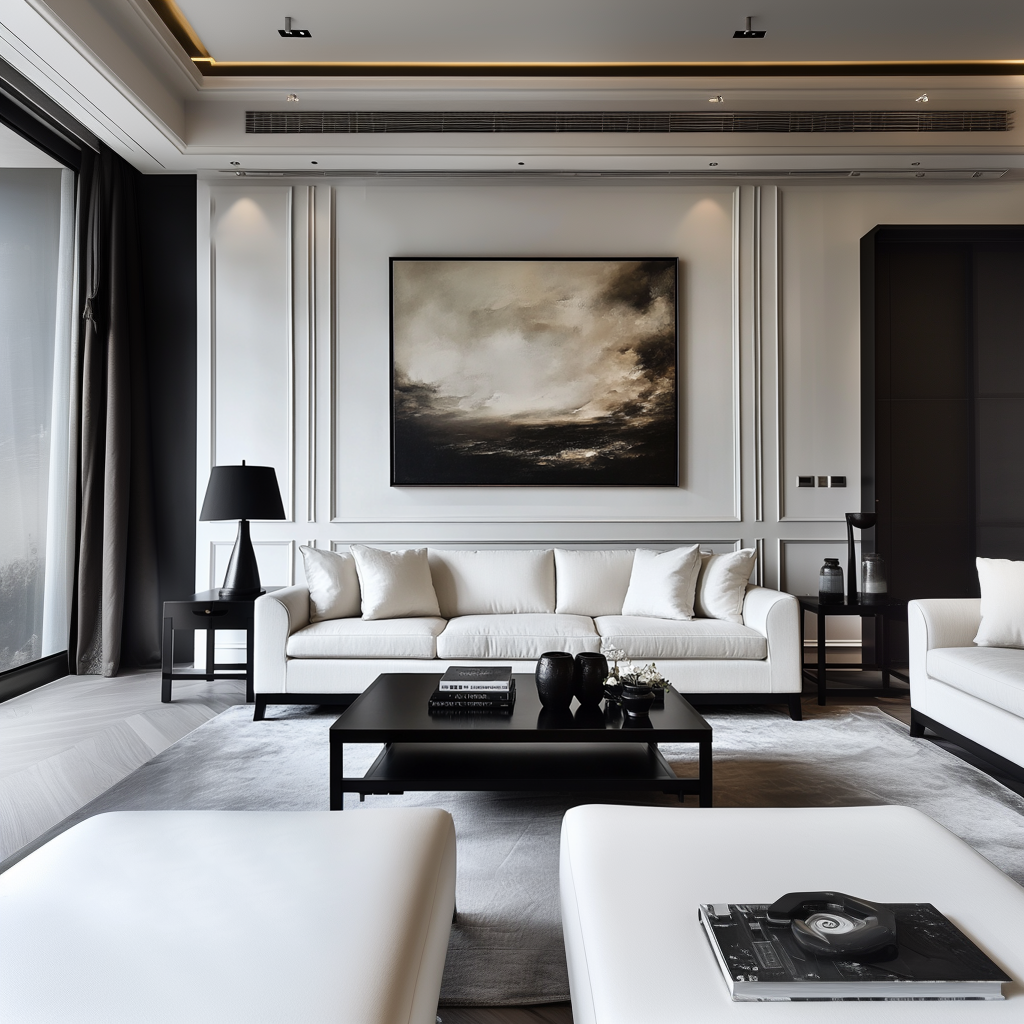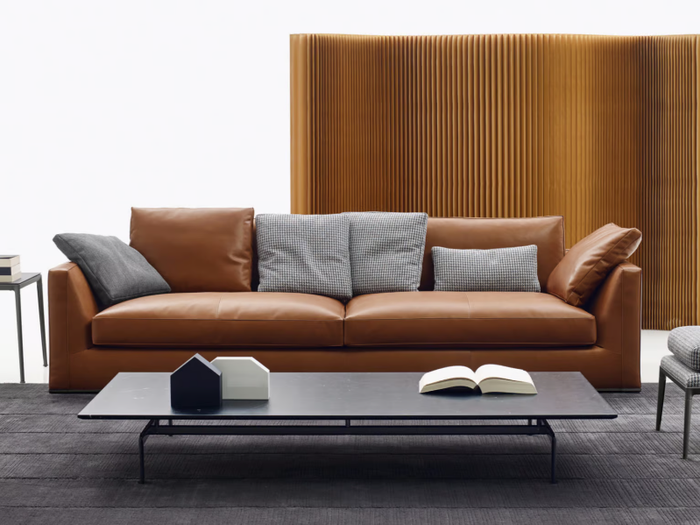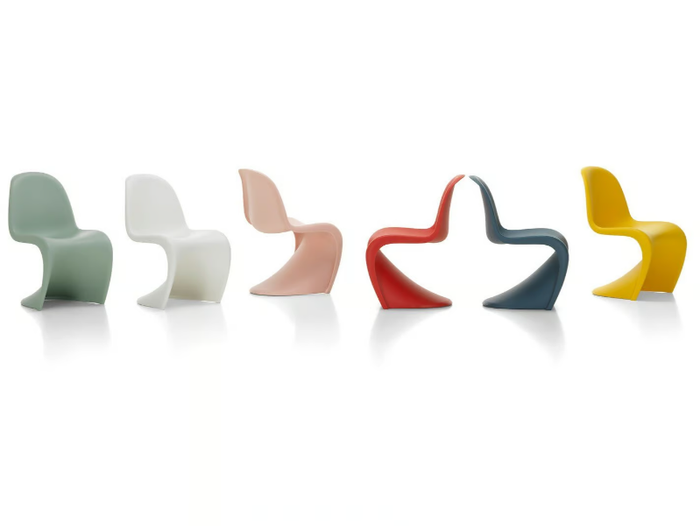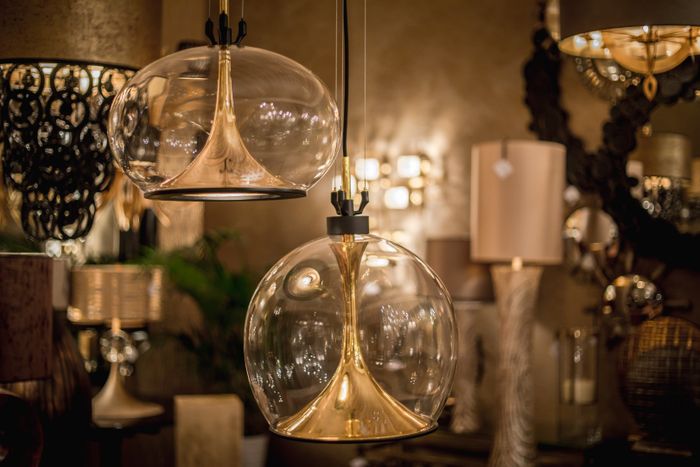
The Criteria for Choosing FF&E for Hotel Rooms
The Criteria for Choosing FF&E for Hotel Rooms
21 Affordable Italian Furniture Brands for Commercial and Contract Projects
10 Best Interior Design Tools And Their Key Features
10 Essential Software for Interior Designers
15 Key Factors in Choosing Commercial Furniture for Hospitality, Offices, and Public Space Projects
Unlock the Secrets of FF&E Spec Sheets: Comprehensive Guide and FAQs

Introduction
Furniture, Fixtures, and Equipment (FF&E) are pivotal elements in hotel room design, directly impacting guest comfort, satisfaction, and the overall experience. These items, ranging from beds and chairs to lighting fixtures and artwork, must be carefully chosen to align with the hotel’s brand identity, meet operational needs, and create a welcoming environment for guests. Selecting the right FF&E involves a complex process that balances aesthetics, functionality, durability, and budget considerations. This article explores the essential criteria for choosing FF&E for hotel rooms, providing a comprehensive guide to making informed decisions.
Understanding the Brand Identity

The first criterion in selecting FF&E for hotel rooms is ensuring that each piece aligns with the hotel's brand identity. A hotel’s brand is more than its logo; it embodies the values, mission, and story the hotel aims to convey to its guests. FF&E choices should reflect and reinforce this identity, creating a cohesive experience from when guests enter the room.
For instance, luxury hotels like Ritz-Carlton and Four Seasons might opt for high-end, bespoke furniture from brands such as B&B Italia or Poliform, which exude elegance and sophistication. On the other hand, boutique hotels like Kimpton or Ace Hotel might choose quirky, locally sourced items from brands like Moroso that highlight the region's culture. Every element, from the design of the furniture to the materials used, should harmonize with the hotel’s overall aesthetic and theme. By aligning FF&E with the brand, hotels can create a distinctive atmosphere that resonates with their target audience.
Guest Experience and Comfort
Guest comfort is at the heart of FF&E selection. The furniture and fixtures in a hotel room should be visually appealing and provide a high level of comfort. This includes choosing ergonomic furniture that supports guests' physical well-being, such as beds with high-quality mattresses from brands like Auping and chairs designed for extended use from brands like Herman Miller.
Beyond physical comfort, FF&E should enhance the overall guest experience. This can be achieved by selecting user-friendly and intuitive items, such as easy-to-operate lighting fixtures from Artemide and technology-integrated furniture that simplifies the guest's stay. The ultimate goal is to create a relaxing and comfortable environment where guests feel at ease, ensuring their satisfaction and encouraging repeat visits.
Durability and Quality

Durability is a crucial factor when choosing FF&E for hotel rooms, as these items will be subject to heavy use by numerous guests over time. High-quality, durable materials are essential to ensure that the furniture and fixtures maintain their appearance and functionality throughout their lifespan. This includes selecting stain-resistant fabrics from brands like Verotex, finishes that can withstand wear and tear from Mutina, and construction methods that ensure stability and longevity.
While durable materials often come with a higher upfront cost, they can save money in the long run by reducing the need for frequent replacements or repairs. Hotel brands like Marriott and Hilton often work with FF&E suppliers such as Duravit and Vitra to ensure they invest in high-quality, durable products that will stand the test of time.
Safety and Compliance
Safety is paramount in hotel design, and all FF&E must meet stringent safety standards and regulations. This includes ensuring that furniture and fixtures are constructed from non-toxic materials, have fire-resistant properties, and do not pose any hazards to guests. For instance, furniture should have rounded edges to prevent injuries and lighting fixtures should be securely installed to avoid accidents.
In addition to general safety standards, hotels must also comply with the Disabilities Standards and other relevant regulations, which mandate that a certain percentage of rooms must be accessible to guests with disabilities. This includes selecting easy furniture and fixtures for guests with mobility challenges, such as lower beds from Tempur-Pedic or adjustable seating from Steelcase. Compliance with these regulations ensures guest safety and broadens the hotel’s appeal to a broader range of guests.
Functionality and Practicality
Functionality is another crucial criterion in FF&E selection. The furniture and fixtures in a hotel room must be practical and serve the needs of both guests and hotel staff. This includes choosing items that are easy to clean and maintain and furniture that offers multi-functional capabilities, such as sofa beds from Casamania & Horm or desks that double as dining tables from Etnicraft.
Aesthetic Appeal
Aesthetic appeal is a vital aspect of FF&E selection, as the visual impression of a hotel room greatly influences a guest’s overall experience. The chosen furniture and fixtures should complement the room’s colour scheme, architectural style, and overall design theme. This requires careful coordination of colours, materials, and shapes to create a harmonious and visually pleasing environment.
When selecting FF&E, designers must choose timeless designs from brands like Knoll that will remain stylish for years or incorporate trendy pieces from CB2 or Jonathan Adler that reflect current design movements. While trends can make a space feel modern and fresh, they may also become outdated quickly, requiring more frequent updates. Incorporating local culture and art elements into the FF&E selection can also add a unique and authentic touch to the room, enhancing its aesthetic appeal and creating a memorable experience for guests.
Cost and Budget Management
Budget management is a critical consideration in the FF&E selection process. Hotel projects often involve significant investments, and it’s essential to set a realistic budget for FF&E that balances cost with quality and durability. Prioritizing spending on critical items, such as beds and seating, which significantly impact guest comfort, can help ensure that the most essential elements of the room receive adequate investment.
Value engineering is a strategy often used to manage costs without compromising quality. This involves identifying areas where costs can be reduced by selecting alternative materials or vendors while maintaining the desired quality and aesthetic appeal. Brands like Crate and Barrel Hospitality Brunner offer a range of FF&E options that suit various budgets while maintaining high-quality standards. Platforms like Fringe Interior can be incredibly helpful in sourcing furniture and managing budget constraints. Fringe Interior allows designers to quickly and accurately create specification lists, streamline the procurement process, and source high-quality furniture from various vendors, ensuring that every project stays within budget and on schedule. Effective budget management allows hotels to achieve their design goals while staying within financial constraints, ensuring a successful and sustainable project.
Sustainability and Environmental Impact
Sustainability is increasingly important in the hospitality industry, and choosing eco-friendly FF&E is critical to creating a green hotel. This involves selecting sustainably sourced materials, such as FSC-certified wood from Ethnicraft or recycled metals from Emeco, and choosing furniture and fixtures with a low environmental impact.
Hotels can look for certifications like LEED (Leadership in Energy and Environmental Design) or GREENGUARD, which indicate that the FF&E meets rigorous sustainability standards. Hotel brands like Hyatt and Accor have been at the forefront of sustainability, partnering with eco-conscious FF&E brands to ensure their properties minimize environmental impact. Incorporating sustainable practices appeals to environmentally conscious guests and helps hotels reduce their operational costs through energy efficiency and waste reduction.
Technology Integration
Integrating technology into FF&E is becoming increasingly crucial as guests expect modern conveniences during their stay. Smart furniture, such as beds with adjustable settings from Sleep Number or desks with built-in charging stations from Hooker Furniture, enhances the guest experience by providing added comfort and functionality.
Additionally, FF&E should seamlessly integrate with the hotel’s existing technology systems, such as Lutron's smart lighting or Honeywell's climate control systems. Future-proofing FF&E choices by selecting pieces that can adapt to technological advancements ensures that the hotel remains competitive and meets guests' evolving needs.
Vendor Selection and Procurement
Choosing the right vendors is crucial to successfully selecting and installing FF&E. Reliable vendors should offer high-quality products, adhere to agreed timelines, and provide excellent customer service. Brands like Grohe are known for their comprehensive FF&E offerings and vital track records in the hospitality industry.
Lead times and supply chain considerations are also essential factors in vendor selection. Ensuring that all FF&E is delivered on time and in good condition is vital to keeping the project on schedule. Proper logistics management, from order placement to final installation, helps avoid delays and ensures that the hotel is ready to welcome guests as planned. Platforms like Fringe Interior can streamline this process, as it offers comprehensive tools for sourcing, vendor management, and tracking shipments, ensuring that projects proceed smoothly and efficiently.
Customization and Brand Uniqueness

Customization allows hotels to create unique FF&E that reflects their brand identity and sets them apart from competitors. Custom-made furniture and fixtures can be tailored to fit the specific design requirements of the hotel, from bespoke beds with branded headboards from Savoir Beds to unique lighting fixtures from Tom Dixon that become a signature element of the room.
While custom FF&E often involves a higher cost and longer lead times, the result is a distinctive and memorable guest experience that reinforces the hotel’s brand. For instance, boutique hotels like The Hoxton or The Standard often collaborate with local artisans or specialized FF&E brands to create custom pieces that align with their unique identity. Customization also allows hotels to address specific challenges, such as fitting furniture into irregular spaces or meeting unique functional requirements. Using platforms like Fringe Interior to manage these custom projects, designers can ensure that all specifications are met precisely and that the distinctive elements contribute to a cohesive and impactful guest experience.
FAQs
1. What does FF&E stand for, and why is it essential in hotel design?
FF&E stands for Furniture, Fixtures, and Equipment. It encompasses all the movable items in a hotel room, such as beds, chairs, lighting, and decor. These elements are crucial in shaping the guest experience, contributing to the room's comfort, functionality, and aesthetic appeal.
2. How can hotels balance cost and quality when selecting FF&E?
Balancing cost and quality involves setting a realistic budget, prioritizing essential items that impact guest comfort, and using value engineering strategies. Hotels can also work with reliable vendors to find cost-effective materials that don’t compromise durability or aesthetics.
3. What role does sustainability play in choosing FF&E for hotel rooms?
Sustainability is increasingly important in the hospitality industry. Choosing eco-friendly FF&E, such as furniture made from recycled materials or fixtures that reduce energy consumption, helps hotels minimize their environmental impact and appeal to eco-conscious guests.
4. How does customization of FF&E benefit a hotel?
Customization allows hotels to create unique, brand-aligned furniture and fixtures that differentiate them from competitors. Custom FF&E can also address design challenges, enhance the guest experience, and reinforce the hotel’s identity.
5. What should be considered when integrating technology into FF&E?
When integrating technology into FF&E, it’s essential to choose smart furniture that enhances guest convenience, such as desks with charging ports or beds with adjustable settings. Ensuring that these tech elements seamlessly connect with the hotel’s overall technology systems is crucial for a modern, cohesive guest experience.
Further Read:
15 Key Factors in Choosing Commercial Furniture for Hospitality, Offices, and Public Space Projects
21 Affordable Italian Furniture Brands for Commercial and Contract Projects
How to Design a Restaurant Booth: Dimensions, Layout, Details, and Mistakes to Avoid
Best Platforms to Find Interior Design Products
How to Choose Flooring Tiles for Your Bathroom: A Professional Guide
Criteria to Choose the Right Sofa: A Professional Guide for Interior Designers
12 Most Used Interior Design Websites
How to Find Furniture from a Photo
10 Best Interior Design Tools And Their Key Features